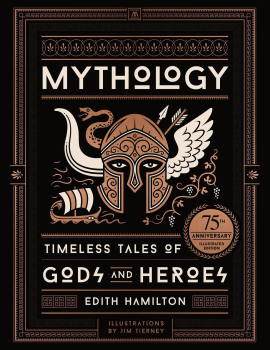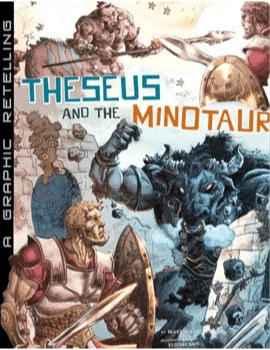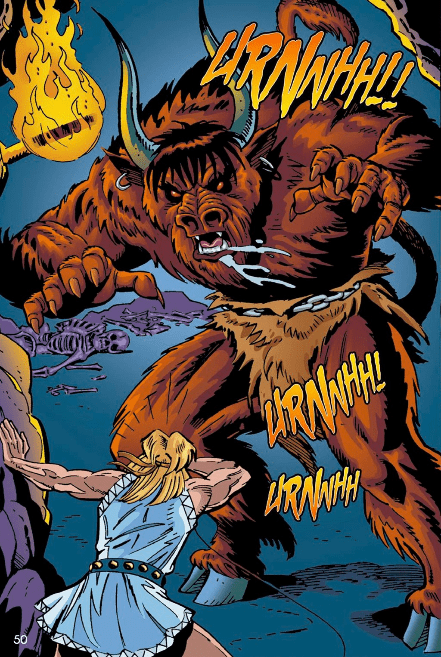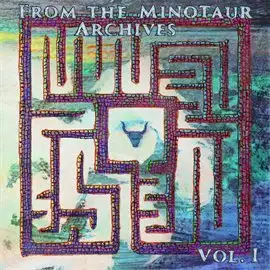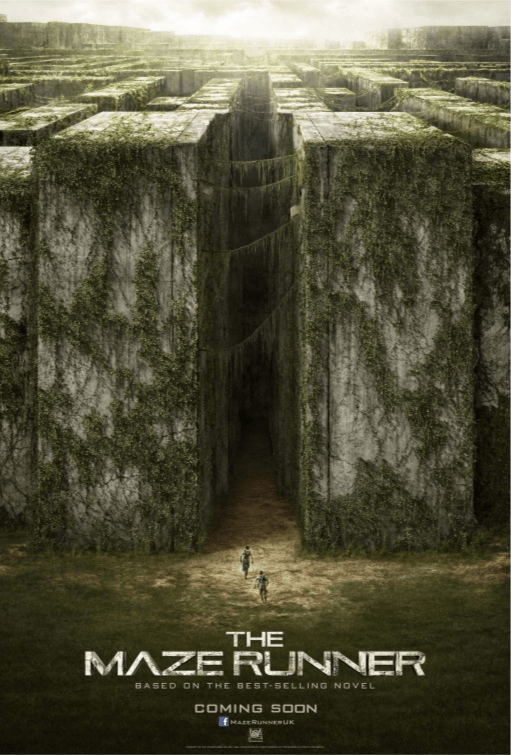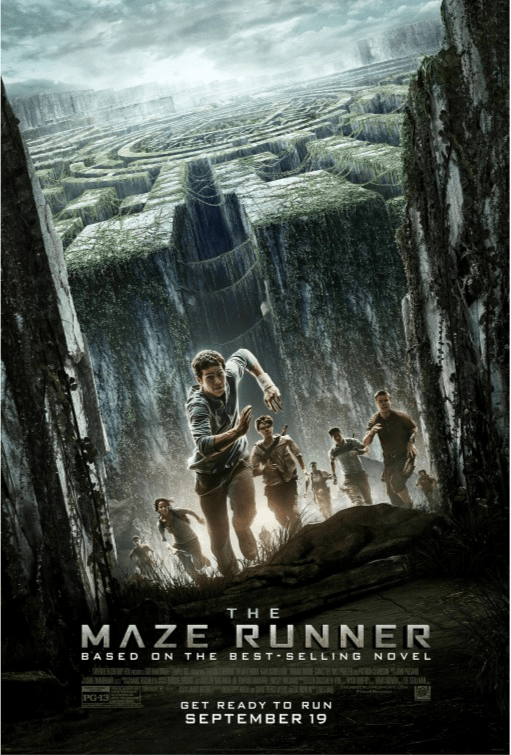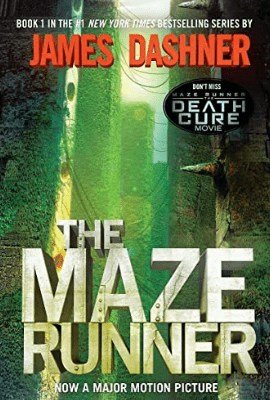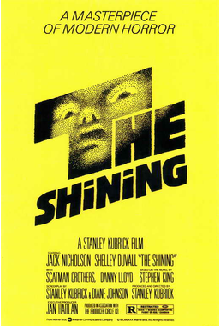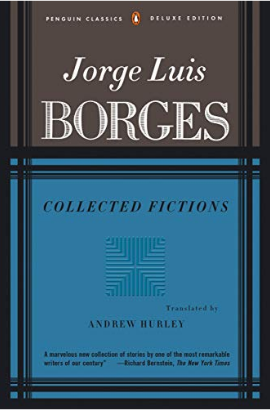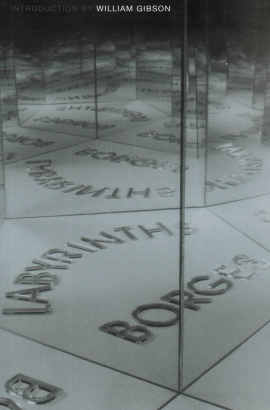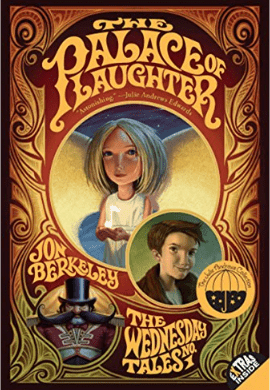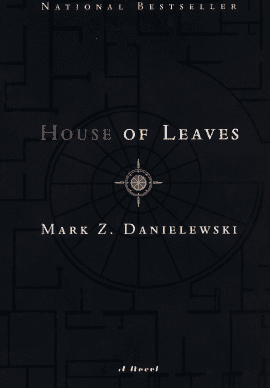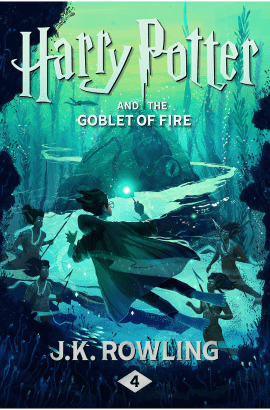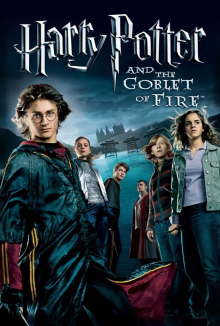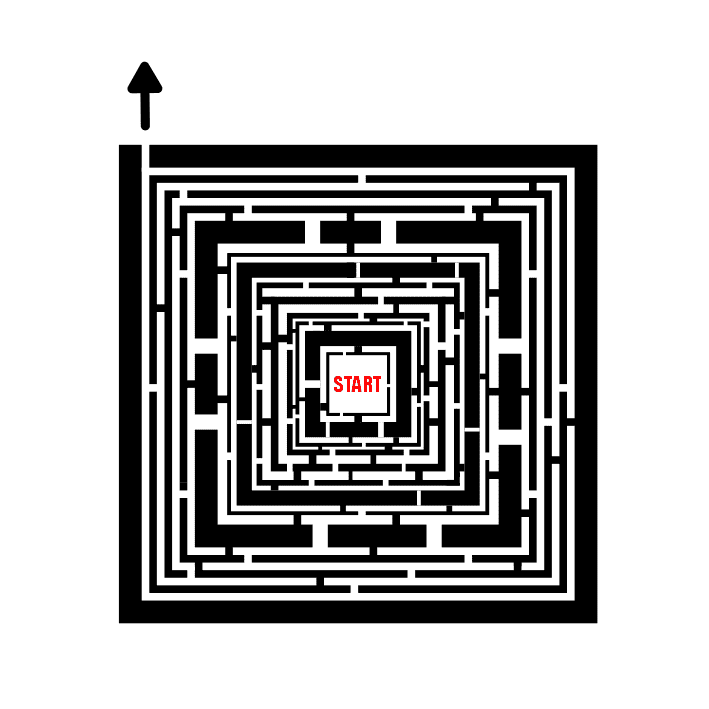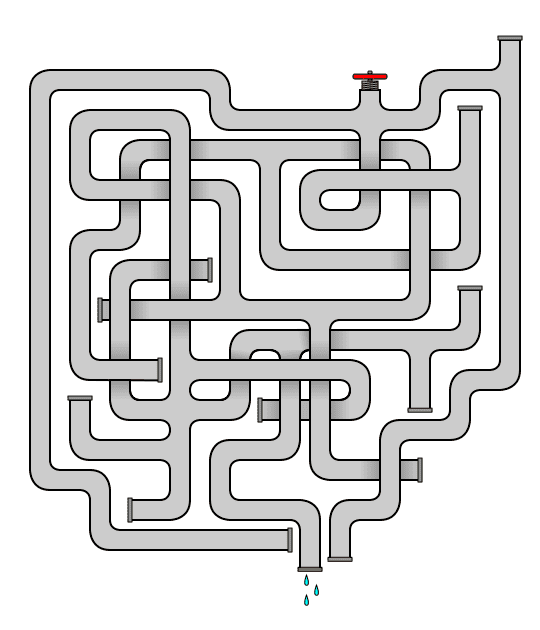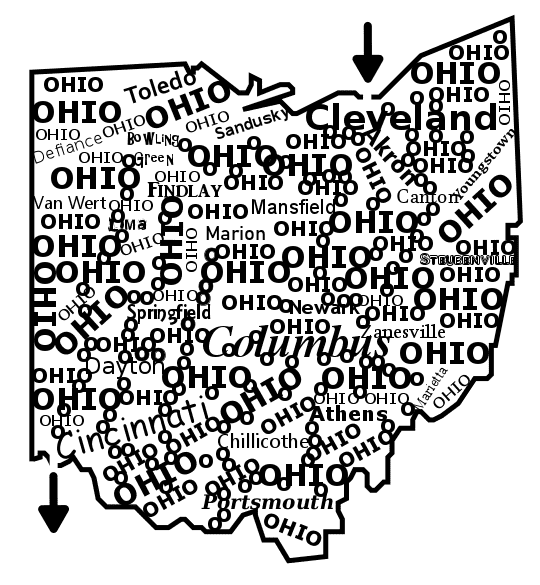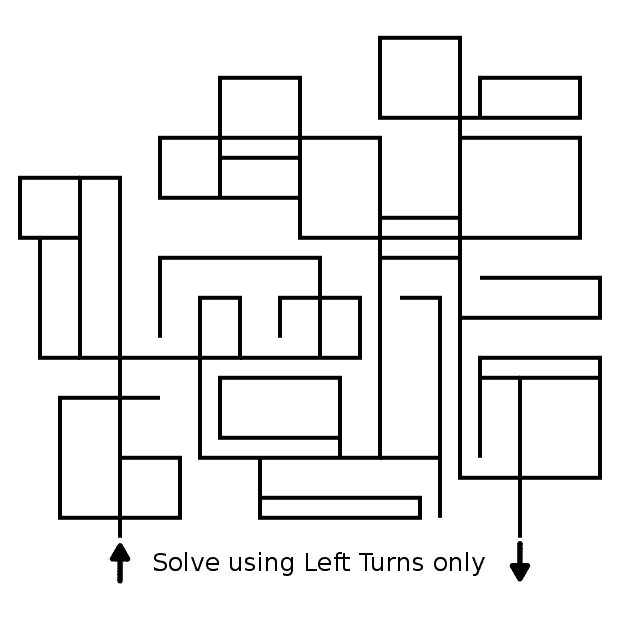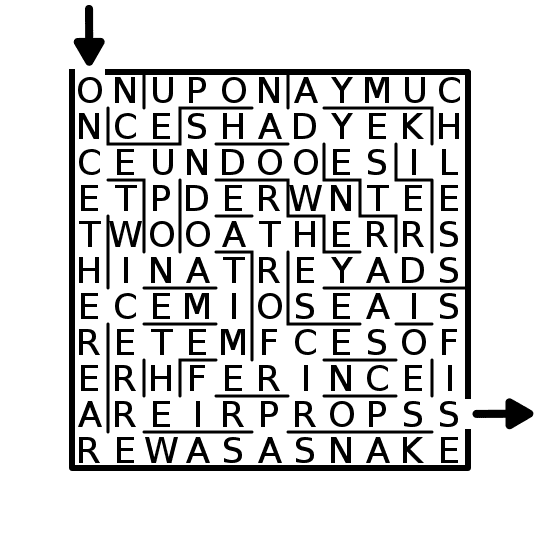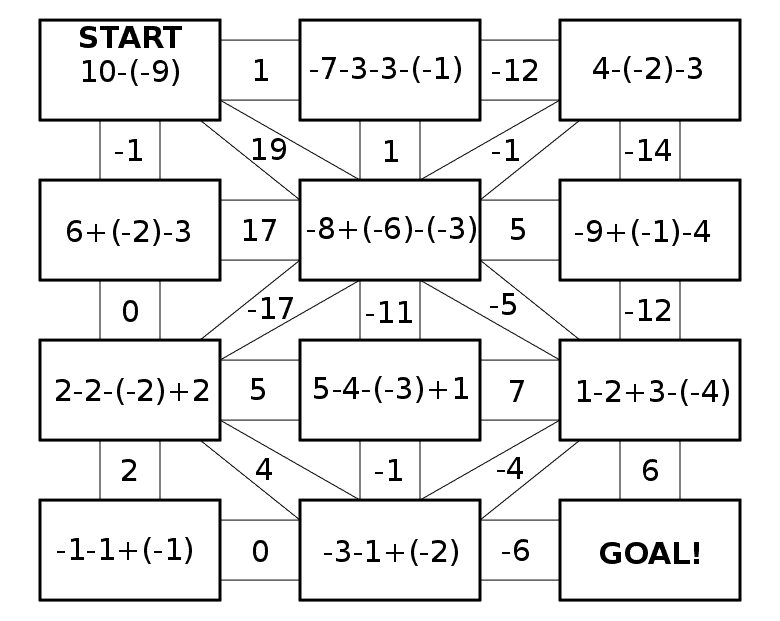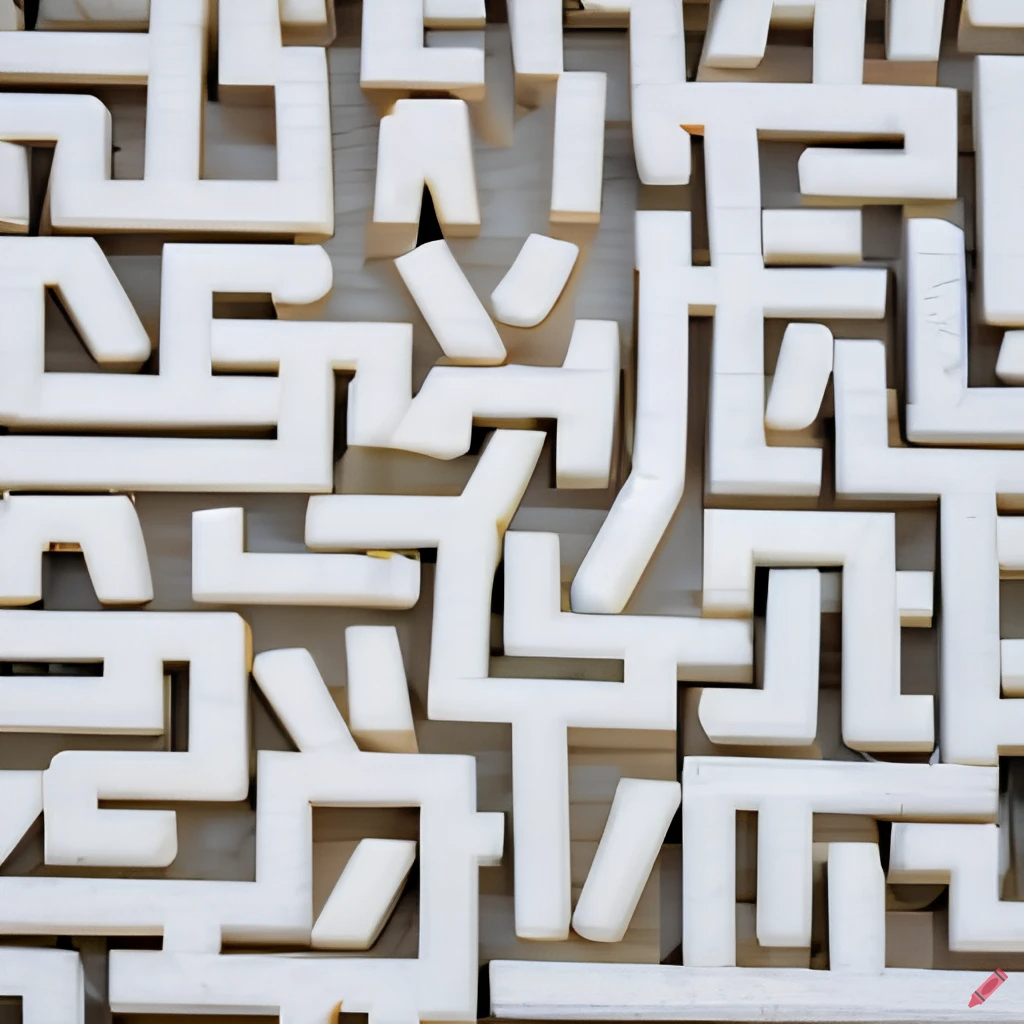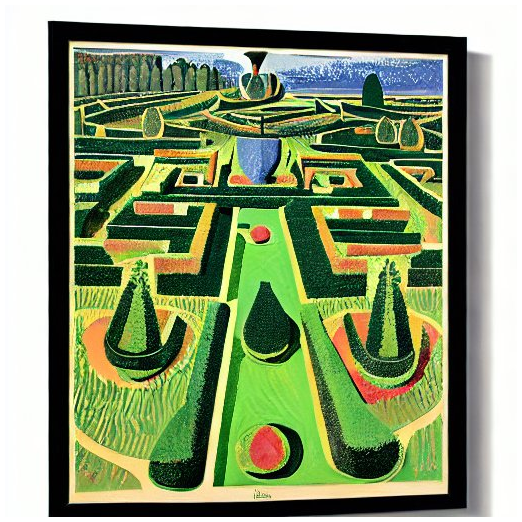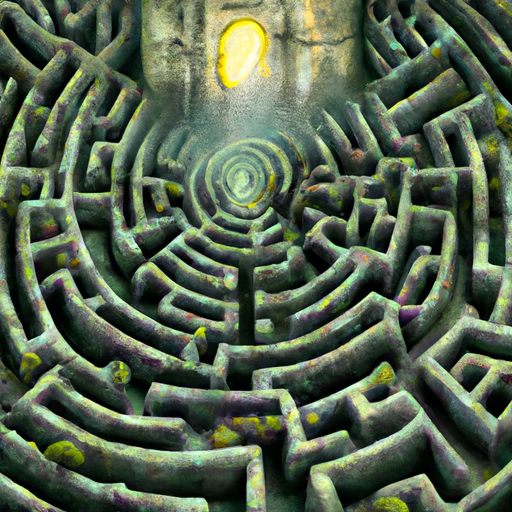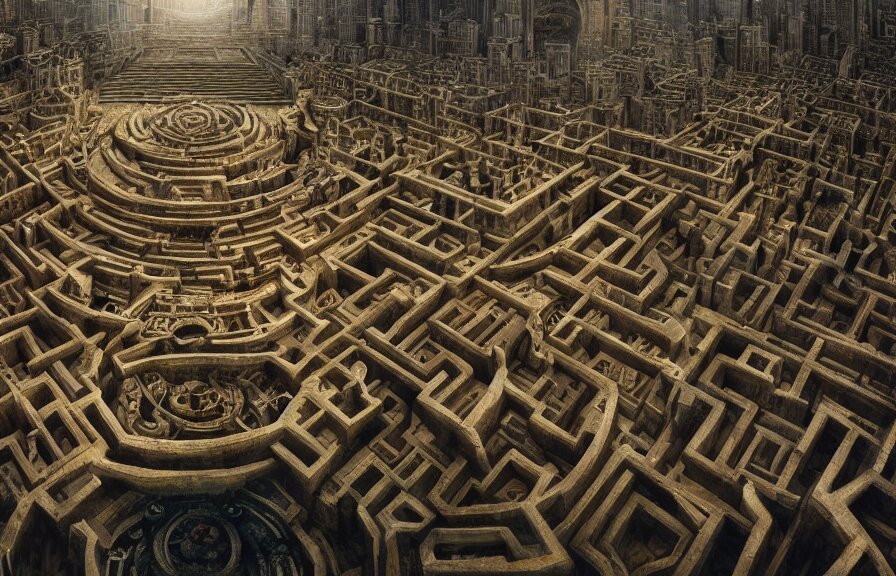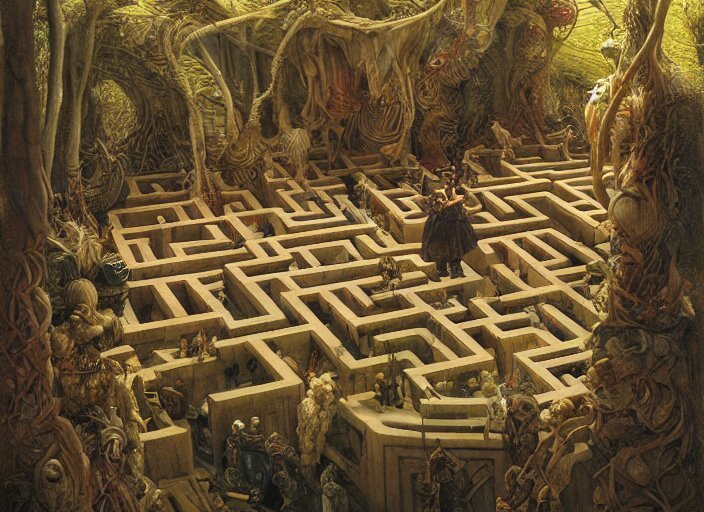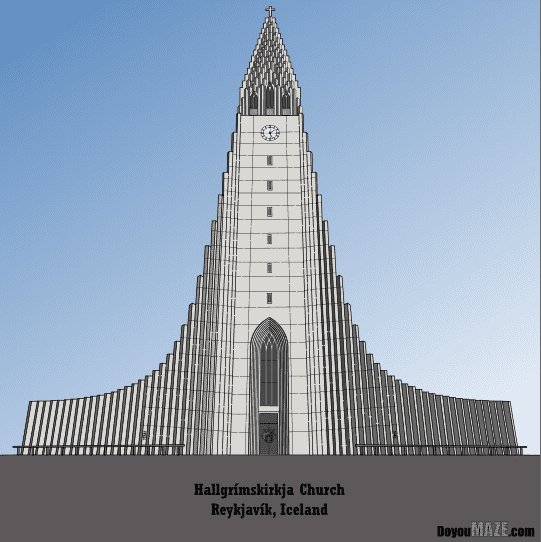Today we explore the fascinating world of mazes in literature. From the ancient labyrinth of Crete to the magical maze of Hogwarts, mazes have captured the imagination of readers for centuries. In this post, we'll take a closer look at seven famous mazes in literature and the stories behind them. Let's explore the twists and turns of these literary labyrinths.
7 Famous Mazes in Literature:
1. Greek Mythology (AMZN): All discussions of mazes in literature must start in Greece. The ancient Greek myth of Theseus and the Minotaur took place in a labyrinth. King Minos was upset because his son, Androgeus, did so well at the Pan-Athenian games, he was assassinated. He sent his fleet to Athens, and demanded the assassins be turned over, but nobody knew who did it. Theseus volunteered to go to Crete as one of the sacrifices to the Minotaur. The king's daughter (Ariadne) fell in love with Theseus and gave him a clue to the labyrinth so that he would succeed, which of course he did. In addition to books the story has been made into movies and graphic novels.
2. The Maze Runner (AMZN): The Maze Runner series by James Dashner starts with an elevator bringing a teenage boy to the middle of plain surrounded by a very high walls. We soon learn that the walls actually house a massive maze, which a group of trapped teenage boys must escape. The maze is filled with dangerous creatures and constantly changing walls and serves as the central plot device in the story first part of the series. The movies have some of the best maze themed movie posters.
3. The Shining (AMZN): I consider this the best maze movie of all time, directed by the great Stanley Kubrick and starring Jack Nicholson. The book was released in 1977 it was written by the great Stephen King, giving him his first major bestseller. The story features a hedge maze at the end that serves to increase the panic of the characters and the suspense for the audience.
4. Jorge Luis Borges' works (AMZN): Jorge Luis Borges, a blind Argentinian librarian, is known for his mind-bending micro-fictions that play with the concept of mazes and he probably deserves his own blog post on the topic. He chose Labyrinths as the descriptive title for this English-language selection of his best stories and essays, where he imagines tortuous labyrinths, metafictional labyrinths, and a vast labyrinth without walls; ‘The Library of Babel’ presents a maze-like universe, and ‘The Garden of Forking Paths’ imagines infinitely dividing parallel universes. I also like the use a mirror maze on his Labyrinth book cover:
5. The Palace of Laughter (AMZN): I knew I just had to include a book for children. Written by Jon Berkeley, The Palace of Laughter is a children's book about a boy named Miles Wednesday who enters a magical world called Eldritch City. In Eldritch City, there is a maze that is said to lead to a palace of laughter. Miles and his friends must navigate the maze to find the palace and save the city from an evil ruler. Good news - if you enjoy the book it i spart 1 in a series of 3 !
6. House of Leaves (AMZN): Written by Mark Z. Danielewski, House of Leaves is a horror novel that tells the story of a family who moves into a house that is larger on the inside than it is on the outside. The house contains a maze-like structure that is constantly changing and growing, and the characters must navigate it to uncover the secrets of the house. I like that the book cover is a mix of maze imagery with the spiral shell.
7. Harry Potter and the Goblet of Fire (AMZN). By J.K. Rowling. Harry Potter and the Goblet of Fire is the fourth book in the Harry Potter series. The novel begins with Harry having a dream about the murder of a Muggle by Voldemort. Harry, Ron, and Hermione then return to Hogwarts School of Witchcraft and Wizardry for their fourth year. Harry's name is mysteriously entered into the Triwizard Tournament, a dangerous competition between three wizarding schools. And one of those challenges is the Triwizard maze. As Harry competes in the tournament, he discovers a plot to bring Voldemort back to power. The book is filled with action, adventure, and mystery as Harry and his friends try to uncover the truth and stop Voldemort's return.
The books above were written over many centuries and many have been adapted into successful movies. Whether you're a fan of ancient mythology or modern literature, there's no denying the allure of a good maze. So the next time you find yourself lost in a book, remember the twists and turns of these literary labyrinths and enjoy the journey.
You may also like:
THE BEST BOOKS ABOUT MAZES AND LABYRINTHS (THAT AREN'T ACTUALLY MAZE BOOKS)

